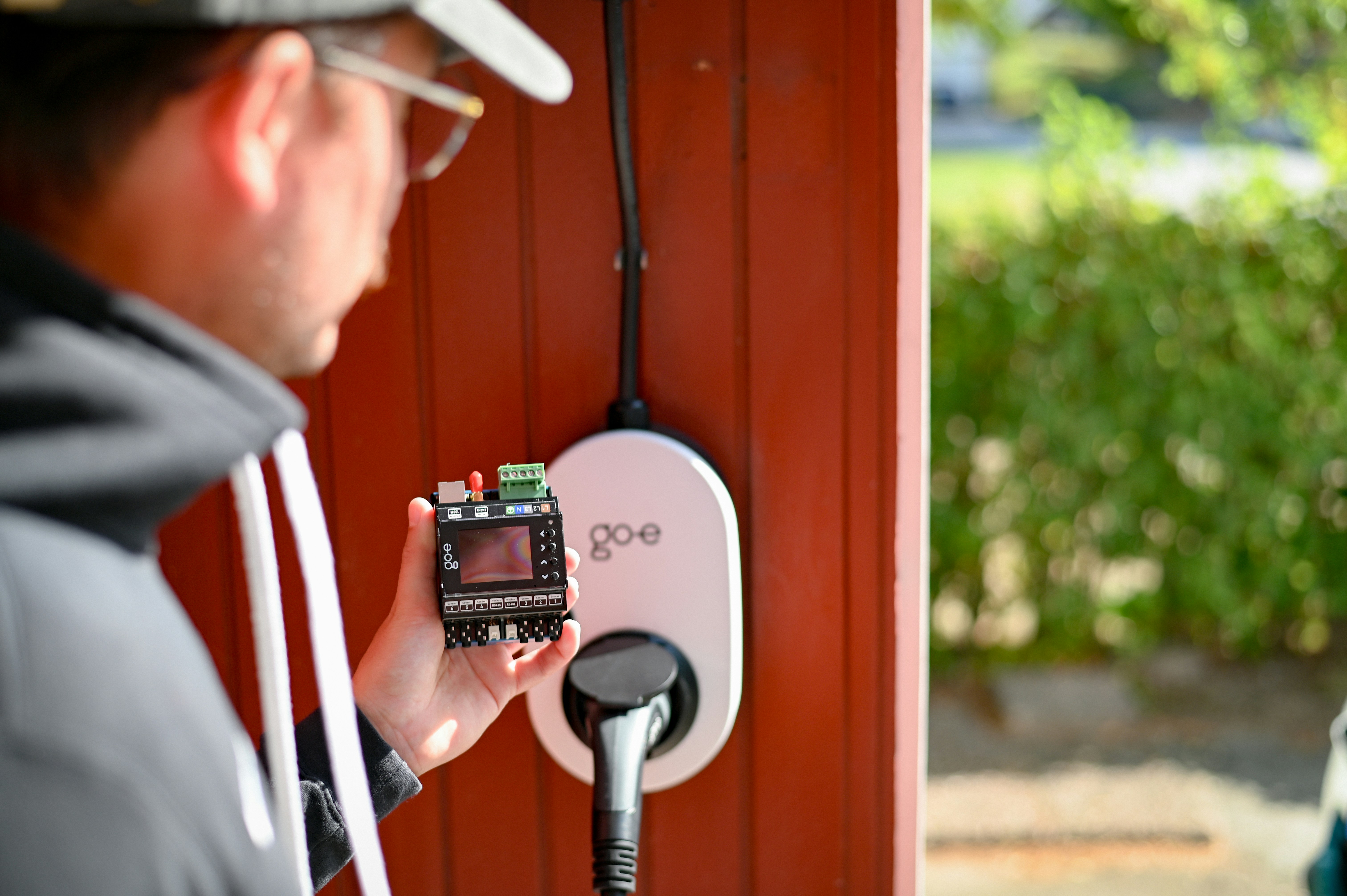Energy Management Solutions That Lower Multifamily Property Expenses

Multifamily property owners are constantly looking for ways to reduce expenses without compromising tenant satisfaction. One of the most significant cost drivers in any property portfolio is energy. Rising utility costs, inefficient systems, and wasted energy can quietly erode net operating income. Implementing effective energy management solutions not only reduces operating costs but also improves property value, tenant retention, and sustainability. In this blog, we explore practical strategies and technologies that can help multifamily property owners optimize energy consumption and lower expenses.
The Importance of Energy Management in Multifamily Properties
Energy consumption accounts for a large portion of operating expenses in multifamily buildings. Inefficient heating, cooling, lighting, and water systems can lead to unnecessarily high utility bills. In addition, regulatory requirements and tenant expectations are increasingly pushing property owners to adopt energy-efficient solutions. By focusing on energy management, owners can reduce costs, improve environmental performance, and enhance the overall tenant experience.
Effective energy management starts with understanding where energy is being consumed and identifying opportunities to reduce waste. From HVAC systems to lighting and water usage, every aspect of a building’s energy profile can be optimized for efficiency.
Smart HVAC Systems for Cost Reduction
Heating, ventilation, and air conditioning represent one of the largest energy expenditures in multifamily properties. Traditional HVAC systems often run continuously or are poorly calibrated, leading to wasted energy. Smart HVAC systems use sensors, automation, and data analytics to optimize performance.
These systems adjust temperature settings based on occupancy patterns, outdoor weather conditions, and tenant preferences. They also provide alerts for maintenance needs, preventing costly repairs and extending the life of the equipment. Smart thermostats can reduce energy use by ensuring that heating or cooling is only active when necessary, lowering utility bills while maintaining tenant comfort.
Investing in energy-efficient HVAC systems can provide a substantial return on investment over time. Properties that adopt smart HVAC technology often see reductions in energy consumption of 15 to 30 percent depending on the building size and existing infrastructure.
Energy-Efficient Lighting Solutions
Lighting is another significant contributor to energy costs in multifamily buildings. Many properties still rely on outdated lighting systems that consume excessive electricity. Transitioning to LED lighting is a straightforward and cost-effective solution.
LED bulbs use up to 75 percent less energy than traditional incandescent bulbs and have a longer lifespan, reducing replacement costs. Combining LED lighting with motion sensors ensures that lights are only on when needed. Hallways, stairwells, common areas, and laundry facilities are ideal places to implement sensor-controlled lighting systems.
Not only does this strategy reduce energy costs, but it also enhances safety and convenience for tenants. Smart lighting systems can be integrated with building management platforms to monitor usage and identify opportunities for further optimization.
Energy Management Software
Modern energy management software provides multifamily property owners with real-time insights into energy consumption. These platforms track usage, detect anomalies, and provide actionable recommendations to reduce waste.
With energy management software, property managers can identify which areas of the building consume the most energy and adjust schedules accordingly. For example, the system may suggest reducing lighting or HVAC output during low-occupancy periods or adjusting peak usage patterns to take advantage of lower utility rates.
Additionally, many energy management platforms offer reporting features that help property owners demonstrate sustainability efforts to tenants and investors. These tools can improve operational efficiency, reduce energy costs, and support long-term property value.
Renewable Energy Integration
Renewable energy solutions, such as solar panels or wind systems, are increasingly viable options for multifamily properties. Solar energy reduces reliance on the grid and can provide predictable energy costs over time. Multifamily properties can implement shared solar arrays for common areas or partner with green energy providers to supply individual units.
Renewable energy systems also appeal to environmentally conscious tenants, enhancing marketing efforts and tenant retention. Combining solar energy with battery storage allows buildings to store excess energy for use during peak periods, further reducing utility expenses and protecting against rate increases.
Water Efficiency and Conservation
While energy management often focuses on electricity and heating, water usage also contributes to property expenses. Installing low-flow fixtures, energy-efficient water heaters, and smart irrigation systems can significantly reduce water consumption.
Smart water management solutions provide real-time monitoring, detecting leaks and unusual patterns that could lead to wasted resources and higher costs. These systems ensure that water is used efficiently, reducing utility bills and protecting property infrastructure from damage caused by leaks or overuse.
Tenant Engagement for Energy Savings
Tenant behavior directly impacts energy consumption. Educating tenants about energy-efficient practices and providing incentives can drive meaningful reductions in utility costs. Simple actions, such as turning off lights when not in use, setting thermostats appropriately, and reporting maintenance issues promptly, contribute to overall energy efficiency.
Property owners can implement programs that reward energy-conscious behavior or provide resources to help tenants reduce energy use. Engagement initiatives not only lower expenses but also strengthen tenant relationships and satisfaction.
The Financial Impact of Energy Management
Implementing comprehensive energy management solutions can have a significant impact on a multifamily property’s bottom line. By reducing utility costs, minimizing equipment failures, and optimizing operations, property owners increase net operating income and improve property value.
Energy-efficient buildings also attract high-quality tenants who are willing to pay a premium for comfort, convenience, and sustainability. Lower operating costs create financial flexibility, allowing owners to reinvest savings into property improvements, marketing, or expansion initiatives.
Conclusion
Energy management is no longer optional for multifamily property owners—it is a critical strategy for controlling expenses, improving sustainability, and boosting profitability. From smart HVAC systems and LED lighting to energy management software, renewable energy integration, water conservation, and tenant engagement, every investment in energy efficiency delivers tangible benefits.
By implementing these solutions, property owners can reduce operating costs, enhance tenant satisfaction, and position their properties for long-term financial success. Energy management is an investment that pays off in reduced expenses, higher NOI, and stronger overall property performance.


